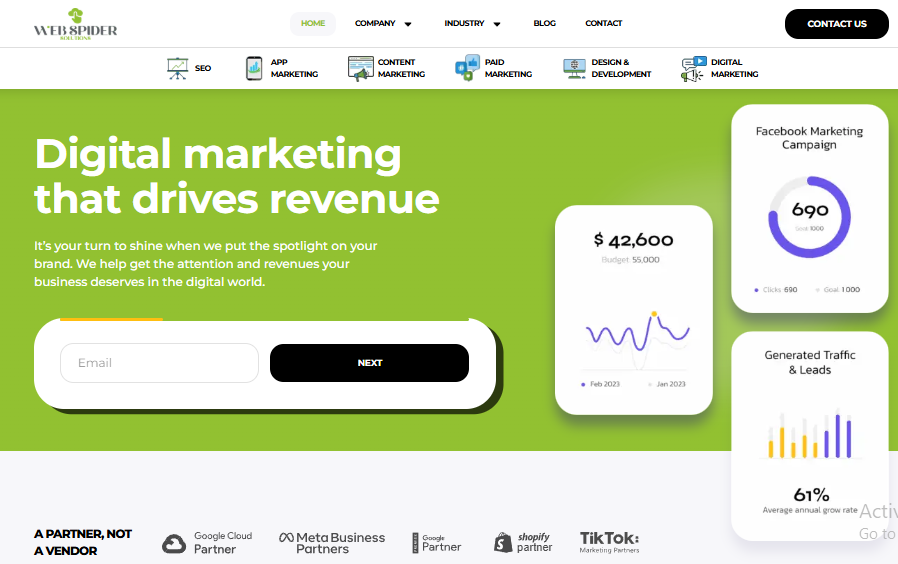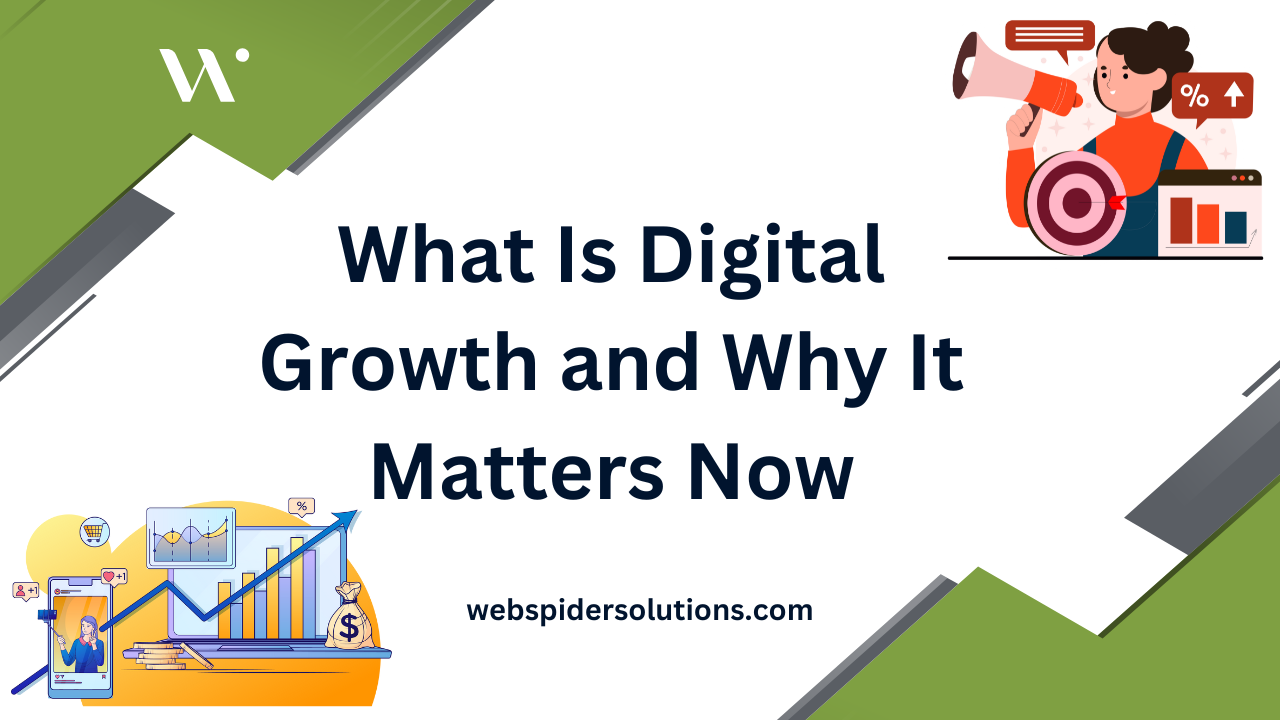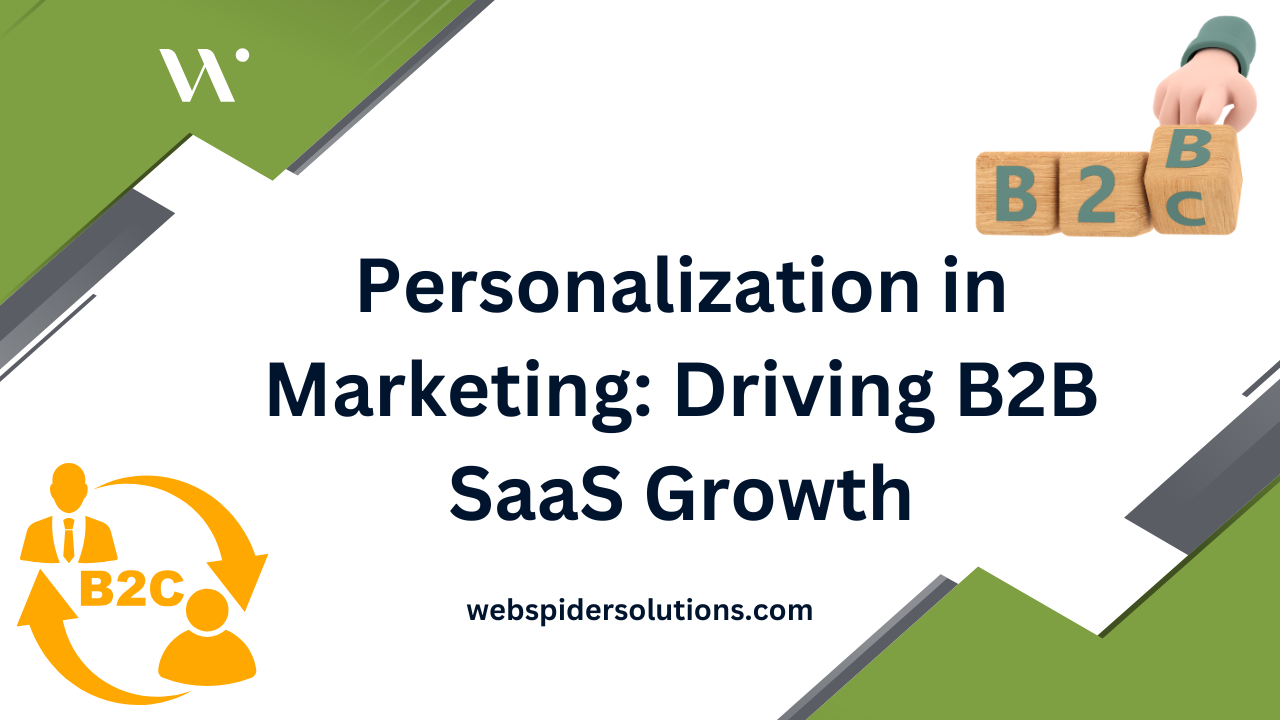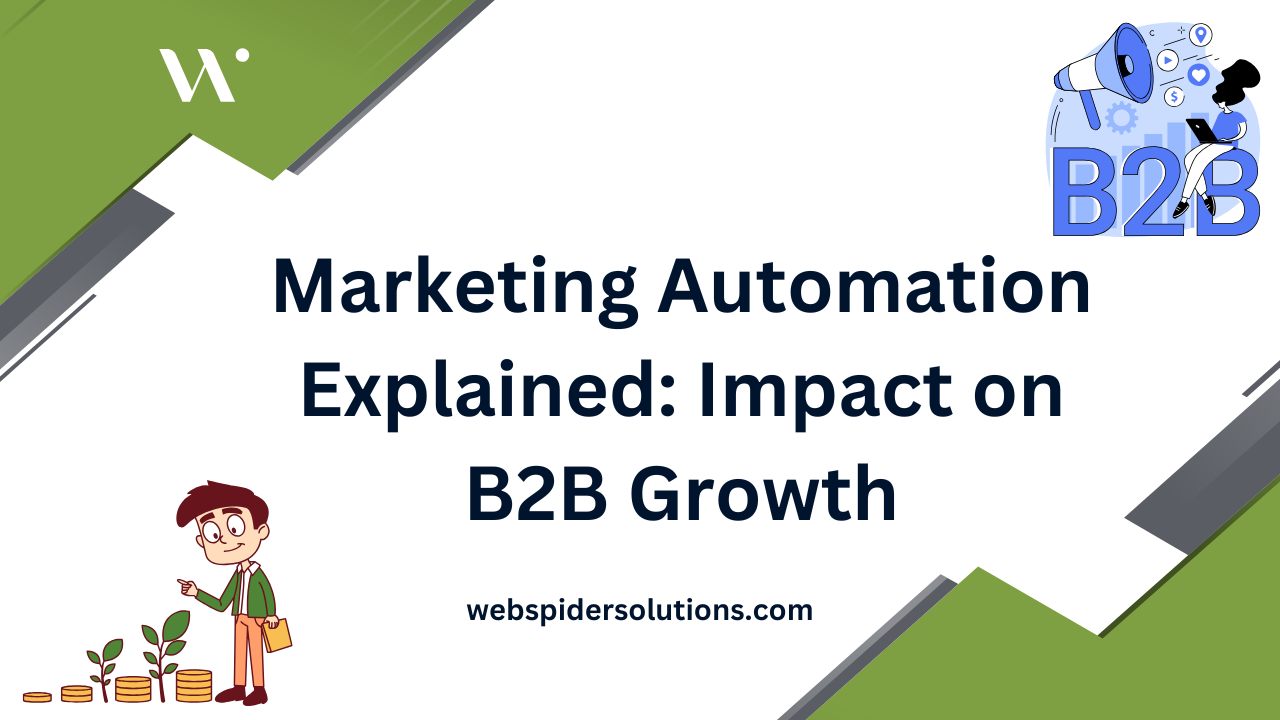Table of Contents
- What Is Conversion Rate Optimization?
- Key CRO Strategies For Modern Businesses
- Tools And Metrics To Measure CRO Success
- Common CRO Mistakes And How To Avoid Them
Quick Summary
| Takeaway | Explanation |
|---|---|
| Boost conversions through user experience enhancement | Focus on user behavior analysis to identify friction points, improving navigation and engagement to drive conversions. |
| Utilize data-driven decision making methods | Leverage robust analytics and A/B testing to create informed strategies that enhance web performance and conversion rates. |
| Implement effective audience segmentation | Develop detailed user personas and utilize personalized content strategies to effectively target distinct audience groups. |
| Avoid common CRO mistakes for better results | Recognize and address common pitfalls in segmentation, technical performance, and data reliance to optimize conversion rates efficiently. |
| Adopt integrated optimization frameworks | Create a holistic approach combining data analysis, user experience design, and continuous experimentation to enhance overall business growth. |
What Is Conversion Rate Optimization?
Conversion Rate Optimization (CRO) is a strategic digital marketing approach focused on improving the percentage of website visitors who complete a desired action. According to American Marketing Association, CRO involves understanding and systematically enhancing digital marketing performance to generate stronger results.
Understanding the Core Concept
At its fundamental level, conversion rate optimization transforms passive website traffic into active business opportunities. Conversion represents any meaningful interaction a user makes on a website, which could range from purchasing a product to signing up for a newsletter, requesting a consultation, or downloading a resource. The optimization process involves analyzing user behavior, identifying potential barriers, and implementing data driven improvements that encourage more visitors to take those desired actions.
Our comprehensive guide on CRO strategies provides deeper insights into this critical digital marketing technique. Businesses across various sectors recognize CRO as a powerful method to maximize their online potential without necessarily increasing website traffic.

Key Components of Conversion Rate Optimization
Effective conversion rate optimization relies on several interconnected components. Wikipedia defines these components as methodical testing and user experience enhancement strategies. The primary elements include:
- User Experience Analysis: Examining how visitors interact with a website, identifying friction points, and understanding user navigation patterns.
- Data Collection: Gathering quantitative and qualitative data through analytics, heatmaps, user recordings, and customer feedback.
- Hypothesis Development: Creating informed predictions about potential improvements based on collected insights.
- A/B Testing: Comparing different versions of web elements to determine which configuration drives higher conversion rates.
Businesses implementing robust CRO strategies can significantly improve their digital marketing efficiency. By focusing on converting existing traffic more effectively, companies can achieve higher returns on their marketing investments without necessarily increasing advertising spend. The goal is to create a seamless, intuitive user journey that naturally guides visitors toward taking desired actions.
Understanding conversion rate optimization requires recognizing it as more than a technical exercise. It is a comprehensive approach that combines psychology, design, data analysis, and strategic thinking to create digital experiences that resonate with target audiences and drive meaningful business outcomes.
To help readers clearly see the major components of Conversion Rate Optimization (CRO) and their roles, the following table organizes these elements in a simplified format:
| Component | Purpose/Description |
|---|---|
| User Experience Analysis | Identify how visitors interact, spot friction points, improve navigation |
| Data Collection | Gather quantitative & qualitative user data for insights |
| Hypothesis Development | Predict actionable improvements based on insights |
| A/B Testing | Test variations to identify higher-converting elements |
Key CRO Strategies for Modern Businesses
Modern businesses seeking substantial digital growth must implement sophisticated conversion rate optimization strategies that go beyond traditional approaches. Our comprehensive CRO services guide provides deeper insights into implementing effective optimization techniques that drive meaningful business results.
Data-Driven User Experience Optimization
User experience sits at the core of successful conversion rate optimization. According to research from LLM-Driven E-Commerce Marketing Content Optimization, businesses can achieve significant improvements by integrating advanced analytical frameworks. The study demonstrated that strategic content optimization can increase click-through rates by 12.5% and conversion rates by 8.3%.
Key elements of data-driven UX optimization include:
- Behavioral Analytics: Tracking user interactions, mouse movements, and engagement patterns
- Personalization Algorithms: Tailoring website experiences based on individual user characteristics
- Performance Metrics: Continuously monitoring loading speeds, navigation efficiency, and interaction quality

Advanced Testing and Experimentation Techniques
Effective conversion rate optimization demands a robust experimental approach. Research on UX Design highlights that intuitive navigation, appealing visuals, and performance optimization are critical factors in improving user retention and conversion rates. Modern businesses should implement:
- Multivariate testing to simultaneously evaluate multiple page elements
- Heat mapping to understand user interaction zones
- A/B testing with statistically significant sample sizes
- Continuous iteration based on quantitative and qualitative data
Integrated Conversion Optimization Framework
Successful CRO requires a holistic approach that integrates multiple optimization strategies. The MOHPER Research Framework demonstrates how sophisticated hyperparameter optimization can simultaneously improve user engagement and conversion rates across digital platforms.
Effective implementation involves:
- Establishing clear conversion goals
- Creating a comprehensive data collection infrastructure
- Developing predictive user behavior models
- Implementing real-time optimization mechanisms
- Maintaining flexibility for rapid experimentation
Businesses that embrace these advanced conversion rate optimization strategies position themselves to transform digital interactions into tangible business outcomes. By combining data analysis, user experience design, and continuous experimentation, organizations can create more responsive, engaging digital experiences that drive sustainable growth.
Tools and Metrics to Measure CRO Success
Measuring Conversion Rate Optimization (CRO) success requires a sophisticated approach that goes beyond simple numerical tracking. Our comprehensive CRO agency checklist provides an in-depth overview of critical measurement strategies for digital businesses.
Essential Conversion Metrics
Successful CRO measurement demands a holistic view of performance indicators. According to research on digital retail strategies, businesses must track a comprehensive set of metrics that provide meaningful insights into user behavior and conversion potential. Key metrics include:
- Conversion Rate: The percentage of visitors completing a desired action
- Bounce Rate: Percentage of visitors leaving the site without interaction
- Average Time on Page: Indicates user engagement and content relevance
- Cost per Acquisition: Total cost of converting a single user
- Conversion Value: Monetary worth of each completed conversion
To summarize the CRO metrics discussed in the content, the following table lists key metrics, what they measure, and why they matter:
| Metric | What It Measures | Why It Matters |
|---|---|---|
| Conversion Rate | % of visitors completing a desired action | Shows overall effectiveness of the site |
| Bounce Rate | % of visitors leaving without interacting | Indicates user engagement/fatigue points |
| Average Time on Page | Time users spend per page | Reflects content value & relevance |
| Cost per Acquisition | Cost to convert a visitor into a customer | Assesses marketing efficiency |
| Conversion Value | Monetary value of each completed conversion | Quantifies return from optimizations |
Advanced Analytical Tools and Techniques
Research on e-commerce platform interactions highlights the critical importance of using sophisticated analytical tools to understand user behavior. Modern businesses should leverage:
- Google Analytics: Comprehensive web analytics platform
- Heatmap Tools: Visual representations of user interactions
- A/B Testing Platforms: Comparing different page versions
- User Session Recording Software: Detailed user journey analysis
- Conversion Funnel Tracking: Identifying drop-off points in user journeys
Performance Optimization Frameworks
Comprehensive CRO success measurement requires more than just tracking metrics. User experience research emphasizes the importance of creating integrated performance optimization frameworks that combine multiple analytical approaches.
Effective frameworks should include:
- Continuous performance monitoring
- Real-time user behavior analysis
- Predictive modeling of conversion potential
- Cross-platform compatibility testing
- Mobile and desktop experience optimization
Businesses that implement these sophisticated measurement tools and metrics can develop a nuanced understanding of their digital performance. By combining quantitative data with qualitative insights, organizations can create more targeted, effective conversion optimization strategies that drive sustainable growth and improve overall digital experience.
Common CRO Mistakes and How to Avoid Them
Conversion Rate Optimization (CRO) can be challenging, with numerous potential pitfalls that can undermine digital marketing efforts. Our comprehensive guide to avoiding CRO mistakes provides strategic insights for businesses seeking to maximize their optimization strategies.
Audience Segmentation and Targeting Errors
One of the most critical mistakes in CRO is failing to properly segment and understand your audience. According to research on digital marketing strategies, generic messaging that does not address specific user groups can significantly reduce conversion potential.
Key strategies to avoid audience segmentation mistakes include:
- Detailed User Persona Development: Creating comprehensive profiles of target audience segments
- Behavioral Data Analysis: Tracking and understanding different user interaction patterns
- Personalized Content Strategies: Developing targeted messaging for specific audience groups
- Dynamic Content Adaptation: Implementing flexible content that responds to user characteristics
Technical Performance and User Experience Limitations
Mobile optimization research highlights that over 50% of global web traffic originates from mobile devices, making technical performance crucial for conversion success. Businesses must address several critical technical aspects:
- Ensuring responsive design across all device types
- Optimizing page loading speeds
- Implementing intuitive navigation structures
- Creating mobile-friendly interaction elements
- Minimizing technical friction points in user journeys
Data-Driven Decision Making Challenges
Expert analysis on conversion optimization emphasizes the dangers of making assumptions without comprehensive data support. Effective CRO requires a rigorous, evidence-based approach that combines multiple data sources.
Essential practices for avoiding data-related mistakes include:
- Implementing robust analytics tracking
- Conducting continuous user research
- Using qualitative and quantitative data sources
- Developing statistically significant testing methodologies
- Creating iterative optimization processes
Successful Conversion Rate Optimization demands a holistic approach that combines technical excellence, deep audience understanding, and data-driven decision making. By recognizing and addressing these common mistakes, businesses can create more effective digital experiences that consistently drive higher conversion rates and support sustainable growth.
Frequently Asked Questions
What is Conversion Rate Optimization (CRO)?
Conversion Rate Optimization (CRO) is a digital marketing strategy focused on increasing the percentage of website visitors who complete a desired action, such as making a purchase or signing up for a newsletter.
Why is CRO important for business growth?
CRO is crucial because improving your conversion rate can generate more new customers than simply increasing website traffic. A small increase in conversions often leads to significant revenue growth.
What are the key strategies for effective CRO?
Key strategies for effective CRO include data-driven user experience optimization, advanced testing methods like A/B testing, integrated optimization frameworks, and continuous audience segmentation to tailor messaging and improve engagement.
What common mistakes should businesses avoid in CRO?
Common mistakes in CRO include failing to adequately segment your audience, neglecting technical performance issues, and relying on assumptions instead of data-driven insights. Addressing these can significantly improve conversion rates.
Ready to Transform How Your Business Converts in 2025?
If you’ve been struggling to turn website visitors into leads or customers, you’re not alone. Many companies get lost chasing more traffic when the real opportunity comes from improving conversion rates. As the article explained, a strategic focus on user experience, data-driven decisions, and advanced testing can make a real difference. But doing it alone often leads to overwhelmed teams, common mistakes, and missed growth. Discover how the experts at Web Spider Solutions translate technical conversion rate optimization into tangible business gains. For real-world CRO success stories, explore our Stories Archives and find out what’s possible when proven strategies meet hands-on expertise.

Stop leaving revenue and growth on the table. Connect with Web Spider Solutions now to get a personalized conversion analysis or request a digital marketing consultation. Your next breakthrough in business growth starts today.











